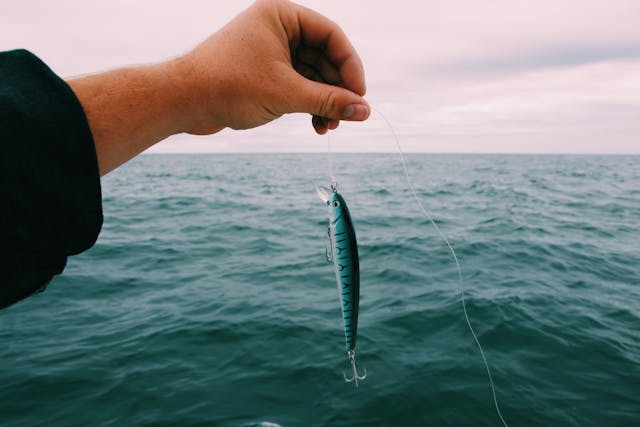One of the more fascinating aspects of the Maldives as an island nation is its unique fishing traditions. Of these, the art of pole-and-line fishing is of particular interest among travellers as it is one of the oldest forms of fishing practised by the locals. Here’s all you need to know about this unique tradition and why it is vital in the Maldives.

Photo by Maël BALLAND via pexels
What is Pole-and-Line Fishing?
This traditional fishing method involves a lone individual using a single hook and line to catch only a single tuna fish at a time. It requires several skills such as line casting, locating tuna fish and baiting the fish. Many local resorts like Avani+ Fares Maldives Resort offer fishing expeditions so tourists can try these traditional fishing techniques while making full use of their Maldives hotel deals.
A Practice of Old
According to written records, pole-and-line fishing has been practised on the islands for around 900 years. Accounts of the technique have been recorded by the likes of Arab explorer Ibn Battuta between 1343 and 1344 and the Portuguese captain Valentine Fernandes in 1507.
Impact on the Environment
Line-and-pole fishing is also known for being an eco-friendly method. It causes minimal damage to other marine creatures such as sea turtles and dolphins who are often injured by fishing nets.
Importance to the Community
This fishing technique has been passed down through the generations and is key to maintaining strong intergenerational ties. Line-and-pole fishing is also an important means of employment and sustenance for the locals who often rely on the local fishing industry for their livelihood.





